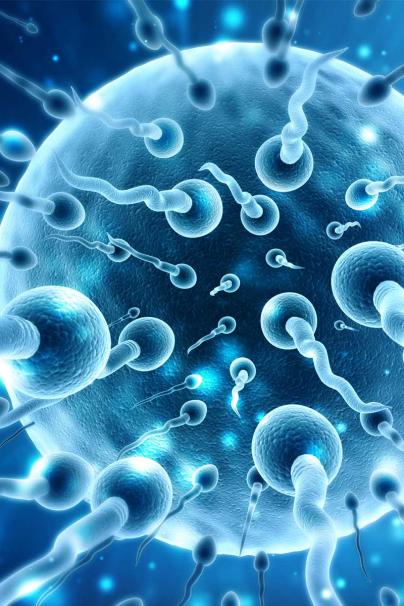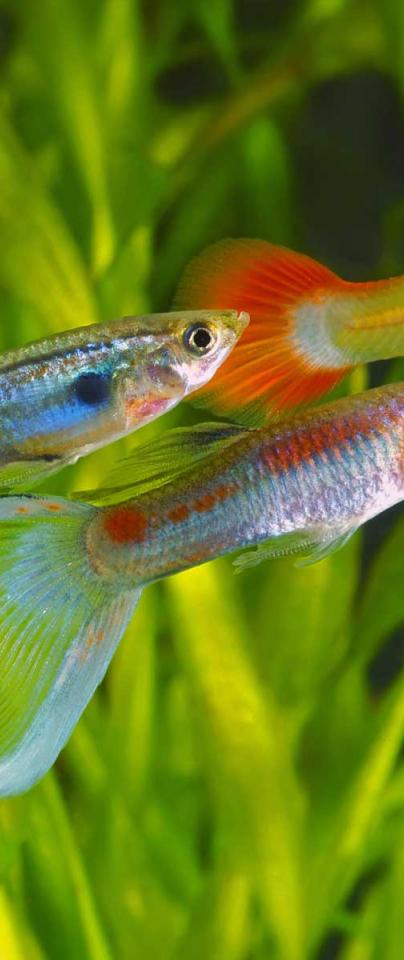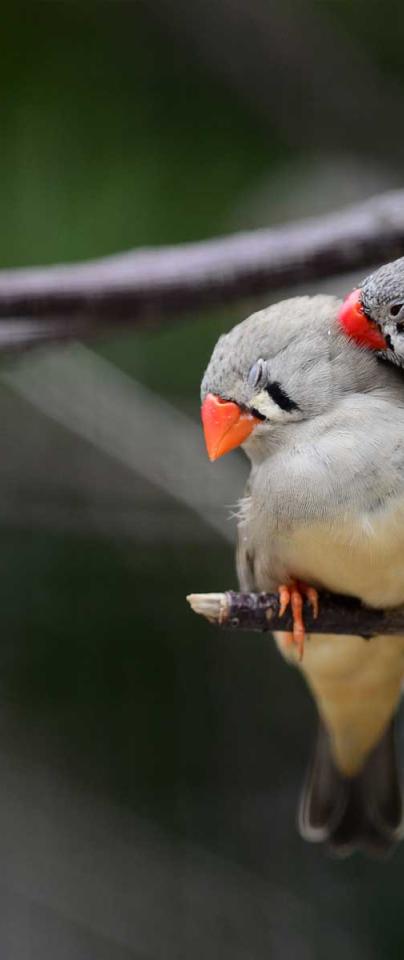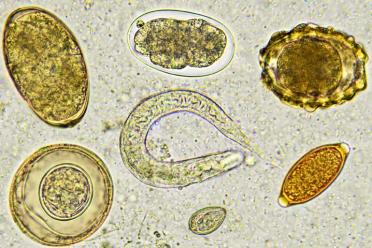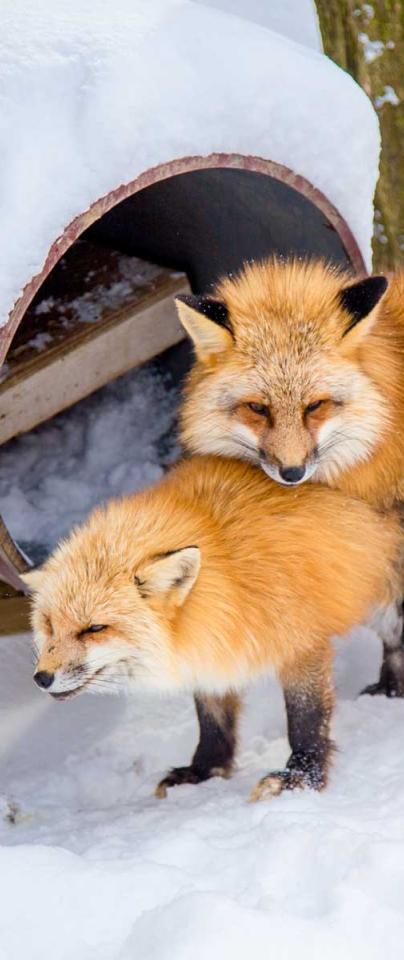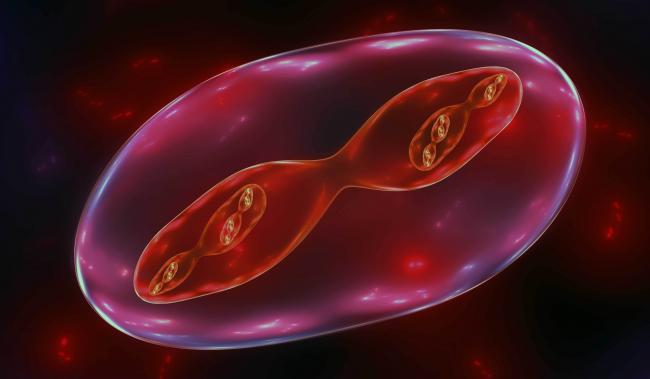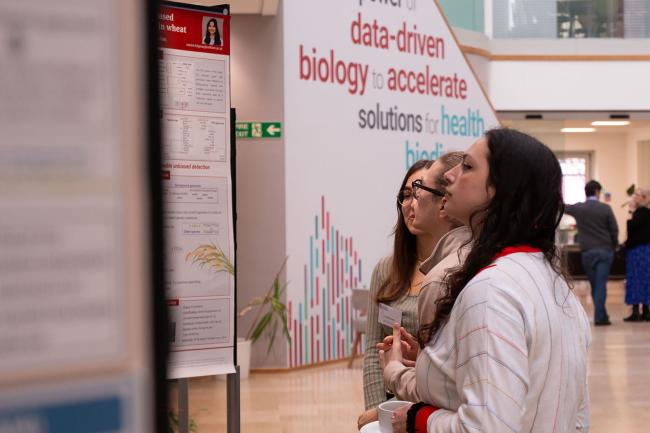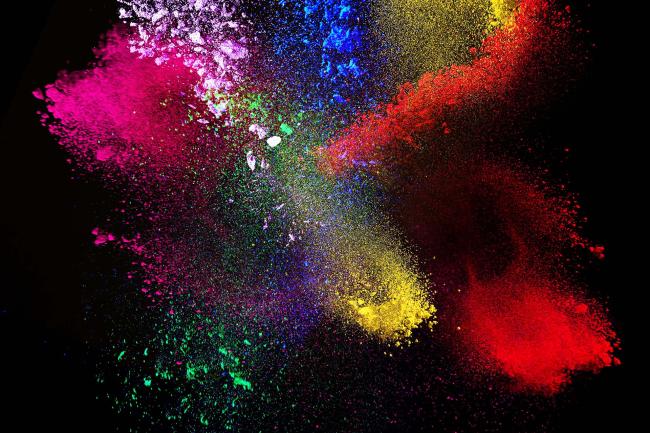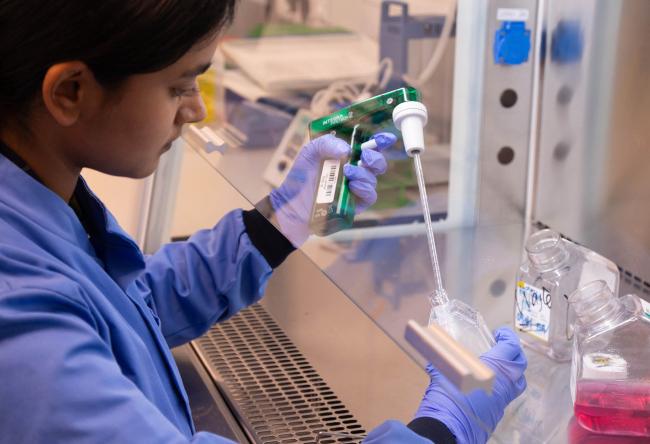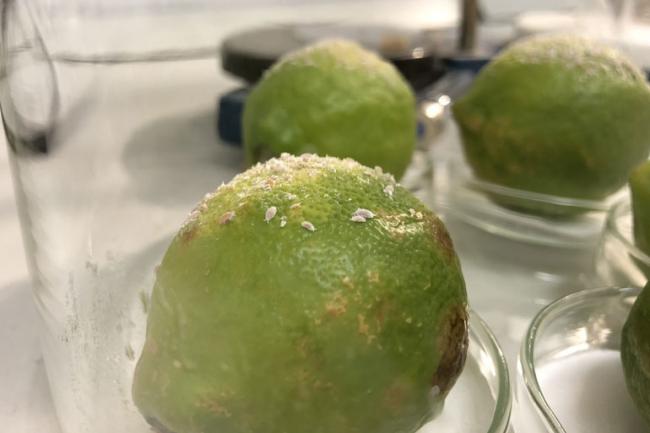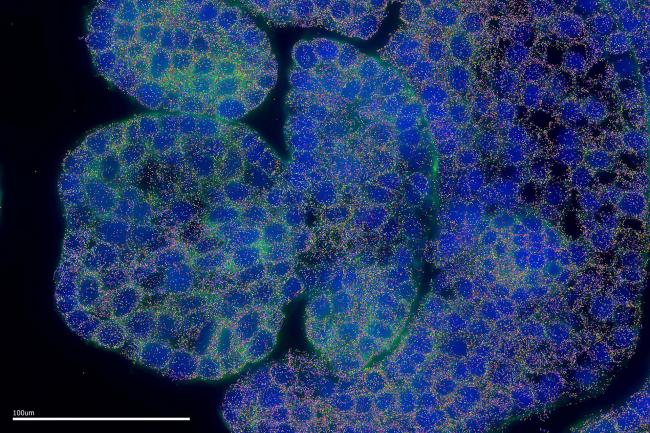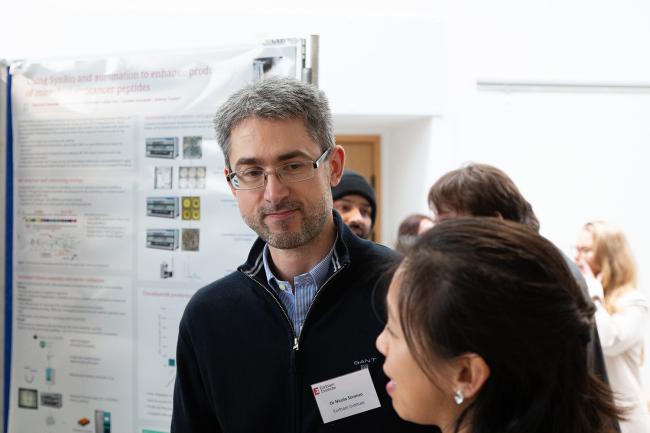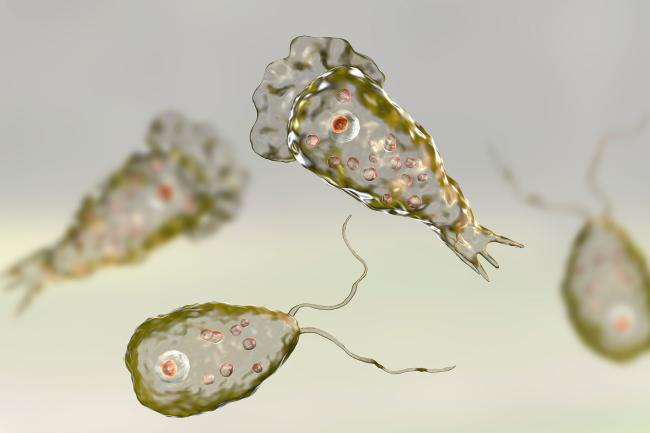One big topic in meiosis is in sex determination - a subject of great interest to animal breeders, who might want a greater skew of females when it comes to dairy farming of cattle but more males when rearing bovines for steak. On the other hand, a pig farmer would prefer a succulent sow, rather than a chewy male.
Roberta Bergero of the University of Edinburgh gave a great insight into why sex matters in guppies, particularly how her research is informing the variance in meiosis between the sexes.
Linking traits to chromosomes, it’s clear that certain characteristics are passed on only from father to son - think of the colouration of many fish species, for example. There are many examples of sex-derived phenotypes, many of which are still only just being unravelled.
Another look at the peculiarities of meiosis between the sexes was delivered in the introductory talk given by Alexander Sung-Jae Suh of Uppsala University in Sweden, who presented the selfish elements in the W chromosomes of female birds.
These chromosomes are packed full of repetitive transposons, jumping genetic elements implanted by historic retroviruses, a characteristic shared by chickens and birds of paradise alike. Interestingly, these elements seem to want to drift to the sex chromosome, as they’re not as abundant in others, which raises interesting questions about their role.
There’s also another strange chromosome in zebra finches, either rare or just not known about, that is also known to be in another bird species and the lamprey. This “germline restricted chromosome” is present in two copies in female birds, has active gene expression only in this diploid state and survives meiosis only in females. Thus, only females pass it on. It can be present in males but only one copy, which seemingly just sits there.
It’s an interesting chromosome to study for the simple fact that it’s massive, rare and also highly repetitive - perhaps aiding research into what these selfish genetic elements are doing.
Then again, sex is a pretty selfish act in the first place, as any student of meiosis can attest. Claudia Rathje of the University of Kent filled us in on more of this, with tales of the “arms race” between genes on the X and Y chromosomes in sex ratio skewing - highlighting Dawkins’ concept of the “Selfish Gene” quite exquisitely.
